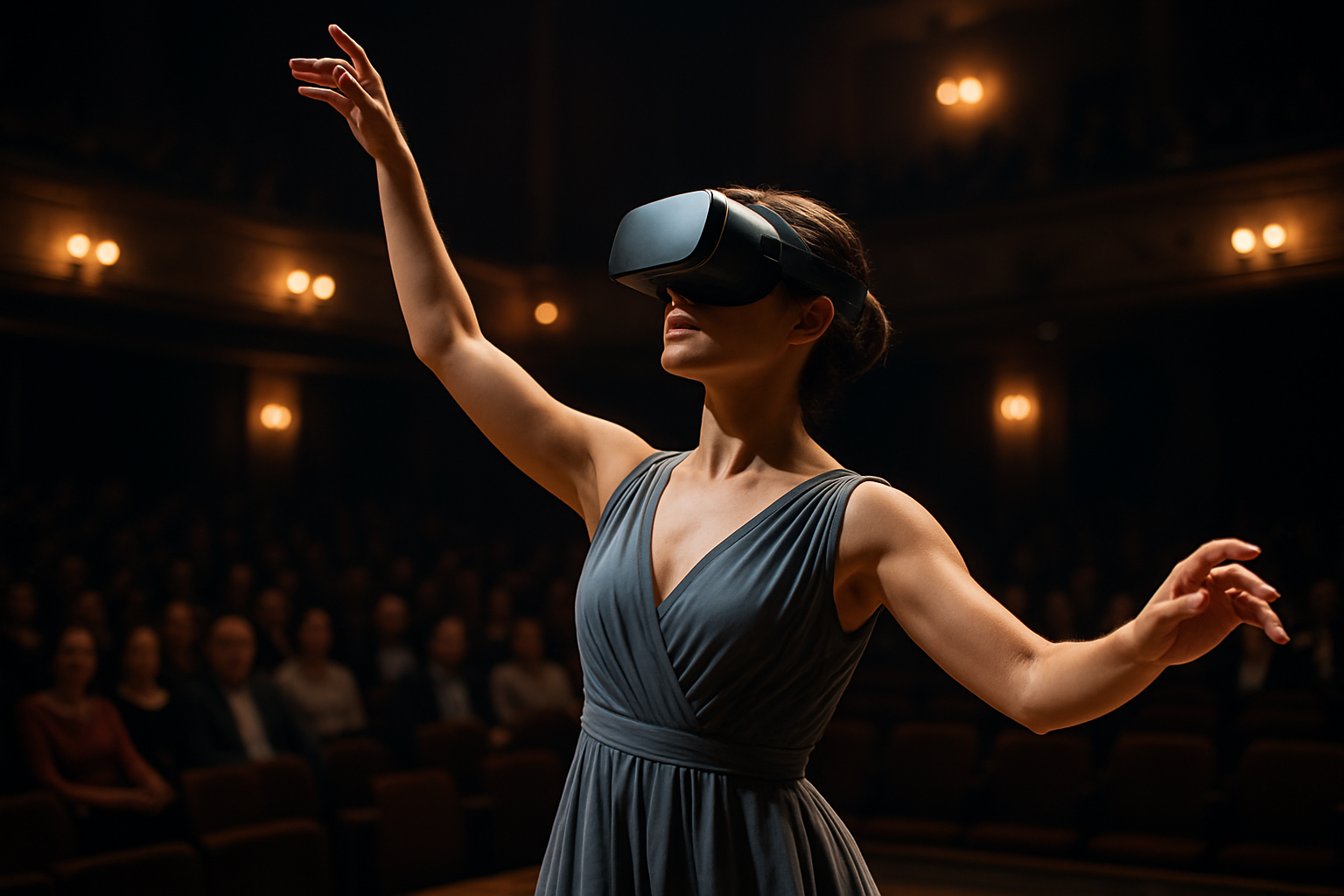Holographic Storytelling: The Next Frontier in Narrative Art
In an era where technology and artistry intertwine, holographic storytelling emerges as a groundbreaking medium that pushes the boundaries of narrative expression. This innovative art form combines cutting-edge holographic technology with traditional storytelling techniques, creating immersive, three-dimensional experiences that captivate audiences in ways never before possible. As creators and audiences alike explore this new frontier, holographic storytelling is poised to revolutionize the way we consume and interact with stories across various genres and platforms.

Bridging Reality and Imagination
One of the most compelling aspects of holographic storytelling is its ability to blur the lines between reality and fiction. Unlike traditional media, holographic narratives occupy physical space, allowing audiences to move around and interact with the story elements in real-time. This level of immersion creates a sense of presence that enhances emotional engagement and narrative impact.
The Artistic Palette of Holographic Creators
Holographic storytelling offers artists an expansive new palette of tools and techniques. From manipulating light and color to crafting interactive elements, creators are exploring novel ways to convey mood, atmosphere, and plot. The medium allows for seamless transitions between scenes, dynamic character interactions, and the ability to layer multiple narrative threads in a single space.
Challenges and Innovations in Production
While the potential of holographic storytelling is immense, it comes with unique challenges. The production process requires a blend of traditional storytelling skills and expertise in advanced technologies. Artists and technicians are developing new workflows and tools to address issues such as spatial audio design, real-time rendering, and audience interaction mechanics. These innovations are not only advancing holographic storytelling but also influencing other areas of digital art and entertainment.
The Cultural Impact of Holographic Narratives
As holographic storytelling gains traction, its influence is beginning to ripple through various sectors of society. Museums and educational institutions are exploring its potential for historical reenactments and interactive learning experiences. The entertainment industry is eyeing holographic narratives as the next evolution in immersive storytelling, with potential applications in gaming, cinema, and live performances. This new medium is also raising intriguing questions about the nature of authorship, audience participation, and the future of narrative art.
Ethical Considerations in a New Dimension
The advent of holographic storytelling brings with it a host of ethical considerations. As the line between virtual and physical realities becomes increasingly blurred, creators and policymakers are grappling with issues of privacy, consent, and the psychological impact of highly immersive narratives. The potential for holographic technology to be used in deepfakes and misinformation campaigns also raises concerns about digital literacy and the need for new frameworks to verify authenticity in holographic content.
The Future Landscape of Holographic Art
As technology continues to evolve, the possibilities for holographic storytelling seem boundless. Researchers are exploring ways to integrate other sensory experiences, such as touch and smell, to create even more immersive narratives. The development of more accessible holographic display technologies promises to bring these experiences out of specialized venues and into homes and public spaces, potentially transforming how we interact with stories in our daily lives.
Collaborative Potential and Global Narratives
Holographic storytelling opens up new avenues for collaborative art and global narratives. Artists from different parts of the world can contribute to shared holographic spaces, creating interconnected stories that span cultures and geographies. This potential for truly global storytelling could foster greater cross-cultural understanding and empathy, as audiences literally step into the worlds and experiences of others.
Economic Implications for the Arts Industry
The emergence of holographic storytelling is set to have significant economic implications for the arts and entertainment industry. As the technology becomes more widespread, new business models are likely to emerge, potentially reshaping how content is created, distributed, and monetized. From holographic theaters to personalized narrative experiences, the economic landscape of storytelling is on the cusp of a major transformation.
In conclusion, holographic storytelling represents a quantum leap in the evolution of narrative art. By merging the tangible with the virtual, it offers unprecedented opportunities for creative expression and audience engagement. As artists, technologists, and audiences continue to explore and push the boundaries of this new medium, we stand at the threshold of a new era in storytelling—one that promises to redefine our relationship with narrative and reshape the contours of our cultural landscape. The story of holographic narratives is just beginning, and its potential to transform how we create, share, and experience stories is truly limitless.





